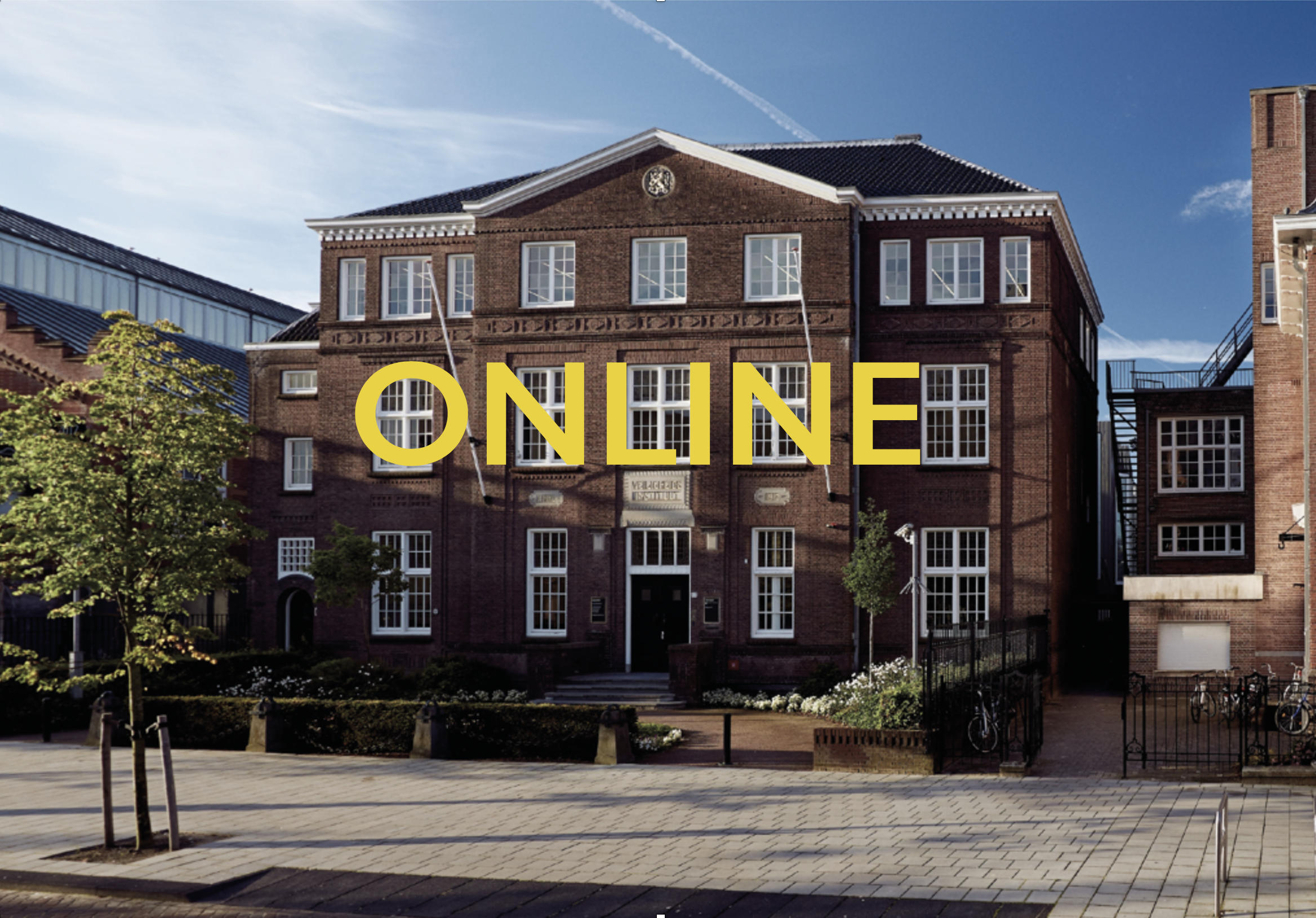

We are pleased to announce a new, online edition of the NICAS colloquium on Thursday 2 March 2023 from 12.00 to 13.00 hrs. The colloquium will take place online through Microsoft Teams.
Throughout the year, NICAS organises a bi-weekly Colloquium consisting of two short research lectures. It provides researchers with the opportunity to present ideas for, updates on or results of their activities. The NICAS Colloquium allows people to stay informed on a regular basis about the latest developments and results of research and to exchange information and expertise.
The chair of this colloquium is Margriet van Eikema Hommes (TU Delft)
The presenters are:
► Amélie Couvrat Desvergnes – Paper used in the Northwest Indian drawings from the Museum Volkenkunde in Leiden
Abstract:
The Museum Volkenkunde has 134 drawings and paintings on paper from the Punjab hills (north-western India) commonly known as “Pahari miniature paintings”. The collection covers a wide variety of themes (Hindu stories, vernacular poetry, portraits of rulers and historical figures) and echoes the interactions between local traditions, Mughal culture as well as western influences. The project, which began in 2020, has several interconnected strands, but the focus has been on studying the materials and techniques used by Pahari artists, particularly the so-called Sialkoti paper. To this end, an examination protocol was developed and fibre analyses were carried out to characterise the paper and thus gain a better understanding of papermaking in this region. The results will be used to build a database of paper fibres used in Asia.
Bio:
Amélie is a freelance paper and book conservator based in the Netherlands. She specialises in Islamic and South Asian manuscripts and works on paper. She has worked in several institutions such as the Rijksmuseum, the Museum of Islamic Art in Qatar, and the musée du Quai Branly in Paris. In addition, she has carried out several projects on the materials and techniques of Islamic and South Asian manuscripts. She is currently conducting a conservation and research project on the Pahari drawings and miniature paintings in the Museum Volkenkunde in Leiden.
► Joen Hermans – Traces of water cause zinc soap crystallization in solvent-exposed oil paints
Abstract:
A central question in paintings conservation is the influence of solvent exposure on detrimental chemical reactions in paint. Using infrared spectroscopy and a polymer model system that contains metastable amorphous zinc soaps, we could show that, while solvent swelling alone has no effect, water does induce zinc soap crystallization. In particular fast-diffusing polar organic solvents with water impurities are able to induce extensive crystallization, delivering high concentrations of water quickly deep into paint layers. Crucially, experiments with the model system and with real oil paint samples show that, even at very short solvent exposure times, significant quantities of crystalline zinc soaps are formed. This strong effect of water impurities in common solvents gives reason to be cautious when conservation treatments are being considered for oil paints that contain zinc white or other water-sensitive chemicals.
Bio:
Joen Hermans is Assistant Professor Conservation Science in a joint position between the Conservation & Restoration program and Van ‘t Hoff Institute for Molecular Sciences, both at the University of Amsterdam. Since 2017, he holds an additional position as researcher at the Conservation & Science department of the Rijksmuseum. He obtained his PhD on metal soap formation in oil paint under supervision of Piet Iedema and Katrien Keune at the University of Amsterdam in 2017. Between 2018-2022, he worked on a NWO/Veni project studying the influence of water on oil paint chemistry.